An alternating pressure mattress is a specialized type of mattress designed to help prevent pressure sores. This type of mattress uses a series of air cells that alternately inflate and deflate, redistributing the user's weight and relieving pressure on specific areas of the body. This can be especially beneficial for individuals who are bedridden or have limited mobility, as it helps to prevent the formation of pressure ulcers. One of the key benefits of an alternating pressure mattress is its ability to stimulate blood flow and promote healing. By constantly changing pressure points, this type of mattress can help to improve circulation and prevent tissue damage. It is also customizable, with adjustable settings for pressure and cycle times, making it suitable for a wide range of individuals with different needs. Some popular brands of alternating pressure mattresses include Med-Aire, Drive Medical, and Invacare. These mattresses are often used in hospitals, long-term care facilities, and home healthcare settings.Alternating Pressure Mattress
A low air loss mattress is another type of pressure-relieving mattress designed to help prevent pressure sores. Similar to an alternating pressure mattress, it uses a series of air cells to distribute the user's weight and reduce pressure on bony areas of the body. However, a low air loss mattress also has the added benefit of air vents that continuously blow out a small amount of air, creating a gentle airflow under the user to keep the skin cool and dry. This type of mattress is often recommended for individuals who are at high risk of developing pressure sores, as it helps to keep the skin dry and reduces the risk of moisture-related skin breakdown. It can also be useful for individuals with conditions that cause excessive sweating or for those who are unable to move or reposition themselves. Popular brands of low air loss mattresses include ROHO, Span America, and Joerns Healthcare. These mattresses are commonly used in hospitals, nursing homes, and home healthcare settings.Low Air Loss Mattress
As the name suggests, a pressure relief mattress is designed to relieve pressure on the body and prevent the formation of pressure sores. These mattresses use a variety of materials and technologies to distribute the user's weight and reduce pressure on bony areas. Some common types of pressure relief mattresses include foam, gel, and air mattresses. Foam mattresses are made from high-density foam that conforms to the user's body, providing support and pressure relief. Gel mattresses use a layer of gel or gel-like material to distribute weight and reduce pressure points. Air mattresses, as mentioned earlier, use a series of air cells to redistribute weight and prevent pressure ulcers. Pressure relief mattresses are suitable for individuals with a wide range of needs, from those at high risk of developing pressure sores to those who simply want a more comfortable and supportive sleep surface. Popular brands include Tempur-Pedic, Sealy, and Serta.Pressure Relief Mattress
An anti-decubitus mattress, also known as a decubitus prevention mattress, is a specialized type of mattress designed specifically for individuals at high risk of developing pressure sores. These mattresses use a combination of materials and technologies to provide maximum pressure relief and prevent skin breakdown. Anti-decubitus mattresses often have a multi-layered construction, with a top layer of foam or gel for pressure relief, a middle layer of air or water for weight distribution, and a bottom layer of high-density foam for support. Some models also have built-in alternating pressure or low air loss capabilities for added pressure relief. Popular brands of anti-decubitus mattresses include Drive Medical, Invacare, and Proactive Medical. These mattresses are commonly used in hospitals, long-term care facilities, and home healthcare settings.Anti-Decubitus Mattress
A pressure redistribution mattress is similar to a pressure relief mattress in that it aims to reduce pressure on the body and prevent the development of pressure sores. However, unlike a pressure relief mattress, which targets specific areas of the body, a pressure redistribution mattress aims to evenly distribute pressure across the entire body. This type of mattress is often used for individuals with existing pressure ulcers or those at high risk of developing them. It can also be beneficial for individuals with conditions that affect circulation or mobility, such as diabetes or paralysis. Popular brands of pressure redistribution mattresses include Drive Medical, ROHO, and Invacare. These mattresses are commonly used in hospitals, nursing homes, and home healthcare settings.Pressure Redistribution Mattress
A gel mattress, as mentioned earlier, uses a layer of gel or gel-like material to provide pressure relief and distribute weight. Gel is often preferred for its ability to conform to the body, providing support and reducing pressure on bony areas. In addition to pressure relief, gel mattresses also have the added benefit of temperature regulation. The gel helps to dissipate heat and keep the user cool and comfortable, making them a popular choice for individuals who experience discomfort from sleeping hot. Popular brands of gel mattresses include Tempur-Pedic, Sealy, and Serta. These mattresses are commonly used in both healthcare and home settings.Gel Mattress
Foam mattresses, as mentioned earlier, use high-density foam to provide pressure relief and support. This type of mattress is often preferred for its ability to conform to the user's body and relieve pressure on specific areas, making it a popular choice for individuals with chronic pain or mobility issues. Foam mattresses come in a variety of densities and thicknesses, with higher density foams providing more support and pressure relief. They can also be combined with other materials, such as gel or air, for added pressure relief and comfort. Popular brands of foam mattresses include Tempur-Pedic, Sealy, and Serta. These mattresses are commonly used in both healthcare and home settings.Foam Mattress
An air mattress, also known as an air bed, uses a series of air chambers to provide support and pressure relief. These chambers can be adjusted to different levels of firmness, making air mattresses a popular choice for individuals who prefer a customizable sleep surface. Air mattresses can also have the added benefit of adjustable pressure settings, making them suitable for individuals with varying needs and preferences. They are often used in both healthcare and home settings for individuals with conditions that cause discomfort or pain while lying on a traditional mattress. Popular brands of air mattresses include Intex, Sleep Number, and Coleman. These mattresses are commonly used in both healthcare and home settings.Air Mattress
A water mattress, also known as a waterbed, uses a chamber of water to provide support and pressure relief. Similar to an air mattress, the level of support and pressure relief can be adjusted by adding or removing water from the chamber. Water mattresses are often preferred for their ability to distribute weight evenly and reduce pressure on bony areas. They can also be beneficial for individuals with chronic back pain, as the water can help to relieve tension and pressure on the spine. Popular brands of water mattresses include Aqua Fusion, Boyd, and Classic Brands. These mattresses are commonly used in both healthcare and home settings.Water Mattress
In addition to mattresses, there are also specialized cushions designed to help prevent pressure sores. These cushions can be used on chairs, wheelchairs, and other seating surfaces to provide support and reduce pressure on bony areas. There are many different types of cushions available, including foam, gel, air, and water cushions. Some also have features such as contoured shapes and adjustable pressure levels for added comfort and support. Popular brands of pressure sore prevention cushions include Roho, Drive Medical, and Invacare. These cushions are commonly used in both healthcare and home settings. In conclusion, there are many options to choose from when it comes to preventing pressure sores. Whether you opt for an alternating pressure mattress, a low air loss mattress, or a specialized cushion, the key is to find a solution that best fits your needs and provides the necessary support and pressure relief to keep your skin healthy and free from ulcers.Cushions for Pressure Sore Prevention
Why Proper Bedding is Essential for Pressure Sore Prevention

Importance of Beds, Mattresses, and Cushions in Pressure Sore Prevention
 When it comes to designing a comfortable and functional home, one must not overlook the importance of proper bedding. Beds, mattresses, and cushions play a crucial role in ensuring a good night's sleep and preventing pressure sores. Pressure sores, also known as bedsores, are injuries to the skin and underlying tissues caused by prolonged pressure on a specific area of the body. They can be painful and may lead to serious complications if not addressed properly. That is why investing in the right bedding is crucial for pressure sore prevention.
When it comes to designing a comfortable and functional home, one must not overlook the importance of proper bedding. Beds, mattresses, and cushions play a crucial role in ensuring a good night's sleep and preventing pressure sores. Pressure sores, also known as bedsores, are injuries to the skin and underlying tissues caused by prolonged pressure on a specific area of the body. They can be painful and may lead to serious complications if not addressed properly. That is why investing in the right bedding is crucial for pressure sore prevention.
The Role of Mattresses in Pressure Sore Prevention
 Mattresses
are the foundation of a comfortable and supportive bed. They come in various types, such as memory foam, innerspring, and air mattresses. However, when it comes to
pressure sore prevention
, memory foam mattresses are often recommended. These mattresses conform to the shape of the body, providing even support and pressure distribution. This helps to reduce the risk of pressure sores by preventing excessive pressure on any specific area of the body. Moreover, memory foam mattresses are also hypoallergenic and resistant to dust mites, making them a great option for those with allergies or respiratory issues.
Mattresses
are the foundation of a comfortable and supportive bed. They come in various types, such as memory foam, innerspring, and air mattresses. However, when it comes to
pressure sore prevention
, memory foam mattresses are often recommended. These mattresses conform to the shape of the body, providing even support and pressure distribution. This helps to reduce the risk of pressure sores by preventing excessive pressure on any specific area of the body. Moreover, memory foam mattresses are also hypoallergenic and resistant to dust mites, making them a great option for those with allergies or respiratory issues.
The Importance of Cushions in Pressure Sore Prevention
 Cushions
play an essential role in pressure sore prevention, especially for those who are confined to a bed or wheelchair for extended periods. They provide a layer of cushioning and support, reducing the pressure on bony prominences such as the hips, tailbone, and shoulder blades. The type of cushion used should be based on the individual's needs and preferences, as well as the type of chair or bed they are using. Gel cushions, foam cushions, and air cushions are some of the common options available, each with its own set of benefits.
Cushions
play an essential role in pressure sore prevention, especially for those who are confined to a bed or wheelchair for extended periods. They provide a layer of cushioning and support, reducing the pressure on bony prominences such as the hips, tailbone, and shoulder blades. The type of cushion used should be based on the individual's needs and preferences, as well as the type of chair or bed they are using. Gel cushions, foam cushions, and air cushions are some of the common options available, each with its own set of benefits.
Considerations for Choosing Beds for Pressure Sore Prevention
 Apart from mattresses and cushions, the
bed
itself also plays a significant role in preventing pressure sores. When choosing a bed for pressure sore prevention, it is important to consider factors such as the individual's weight, mobility, and any medical conditions they may have. Electric beds with adjustable height and positioning can be beneficial for individuals who have difficulty moving or changing positions on their own. It is also essential to ensure that the bed is properly fitted with the right mattress and cushions for optimal comfort and support.
Apart from mattresses and cushions, the
bed
itself also plays a significant role in preventing pressure sores. When choosing a bed for pressure sore prevention, it is important to consider factors such as the individual's weight, mobility, and any medical conditions they may have. Electric beds with adjustable height and positioning can be beneficial for individuals who have difficulty moving or changing positions on their own. It is also essential to ensure that the bed is properly fitted with the right mattress and cushions for optimal comfort and support.
Conclusion
 In conclusion, proper bedding is crucial for pressure sore prevention. Investing in a good quality mattress, cushions, and bed can go a long way in ensuring a comfortable and supportive sleep surface, reducing the risk of pressure sores. It is also important to regularly check and adjust the bedding to prevent the formation of pressure points. By paying attention to the needs and preferences of individuals, and choosing the right bedding, one can create a comfortable and safe environment for pressure sore prevention.
In conclusion, proper bedding is crucial for pressure sore prevention. Investing in a good quality mattress, cushions, and bed can go a long way in ensuring a comfortable and supportive sleep surface, reducing the risk of pressure sores. It is also important to regularly check and adjust the bedding to prevent the formation of pressure points. By paying attention to the needs and preferences of individuals, and choosing the right bedding, one can create a comfortable and safe environment for pressure sore prevention.




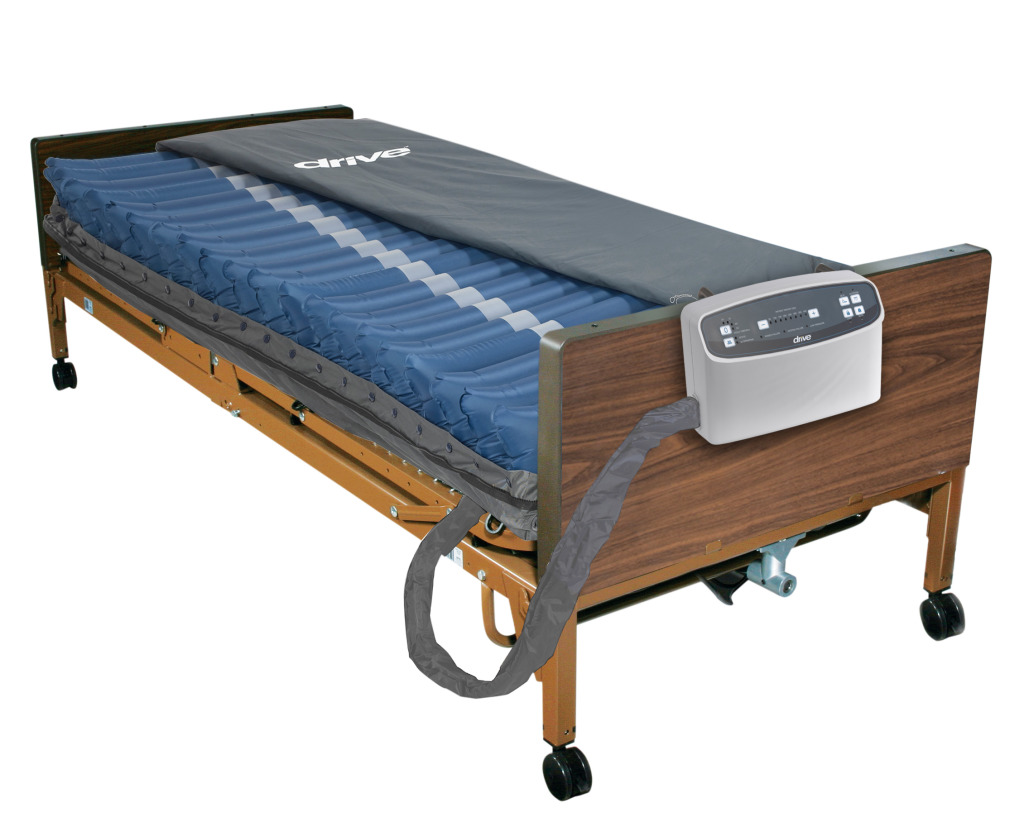















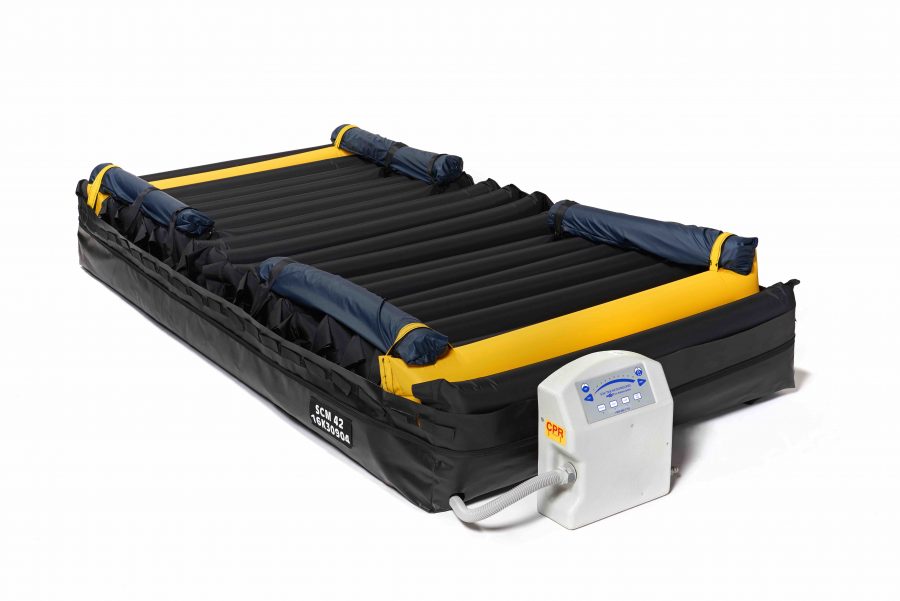













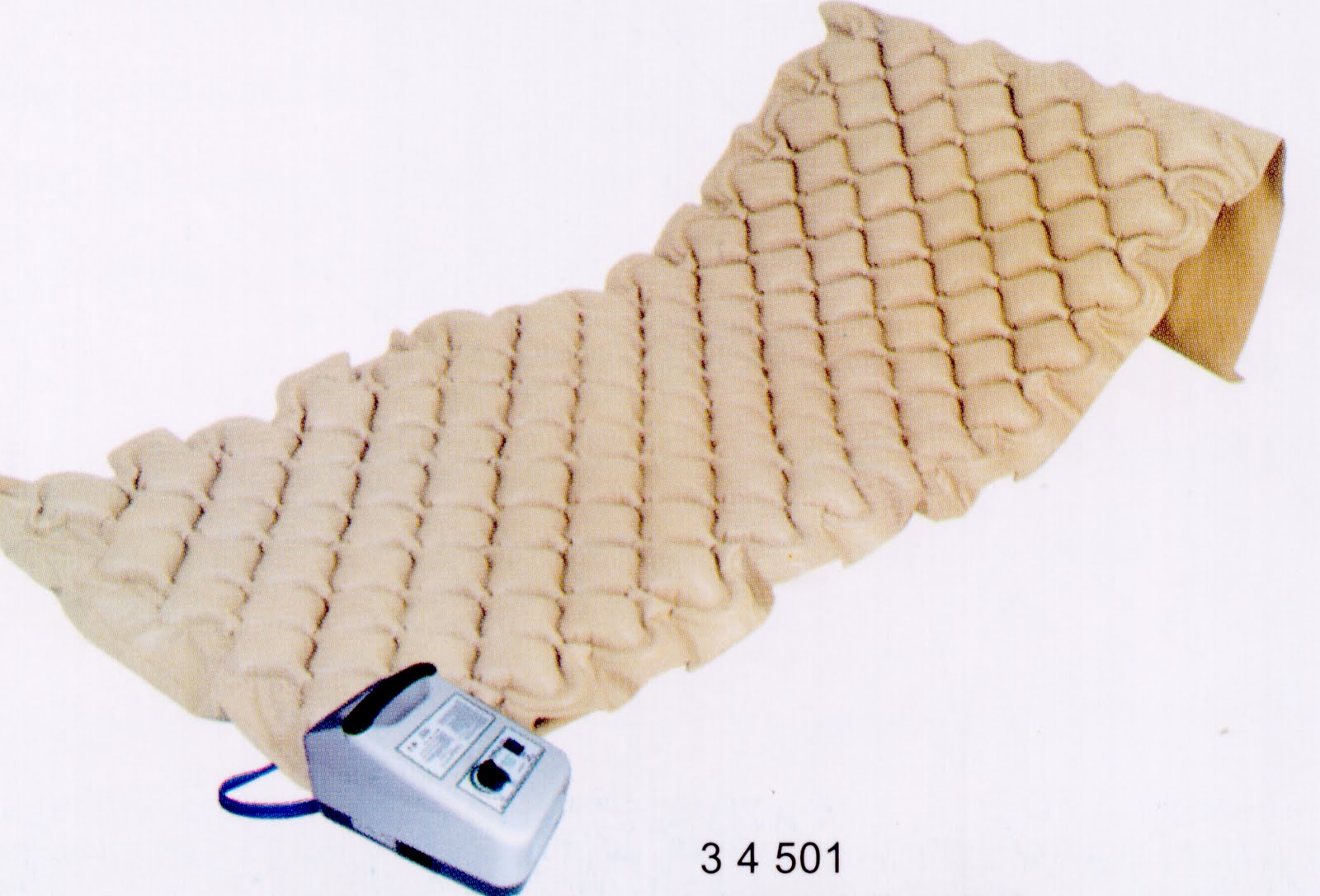



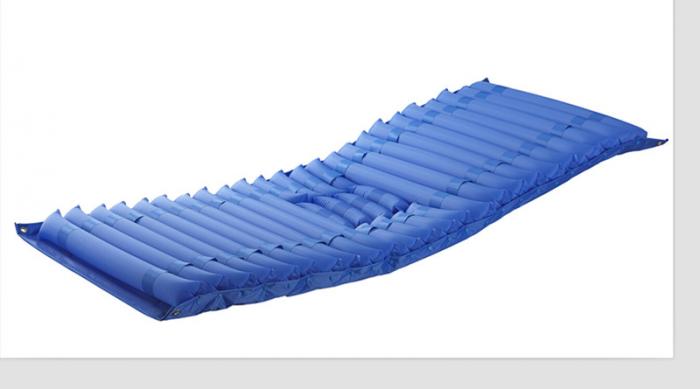



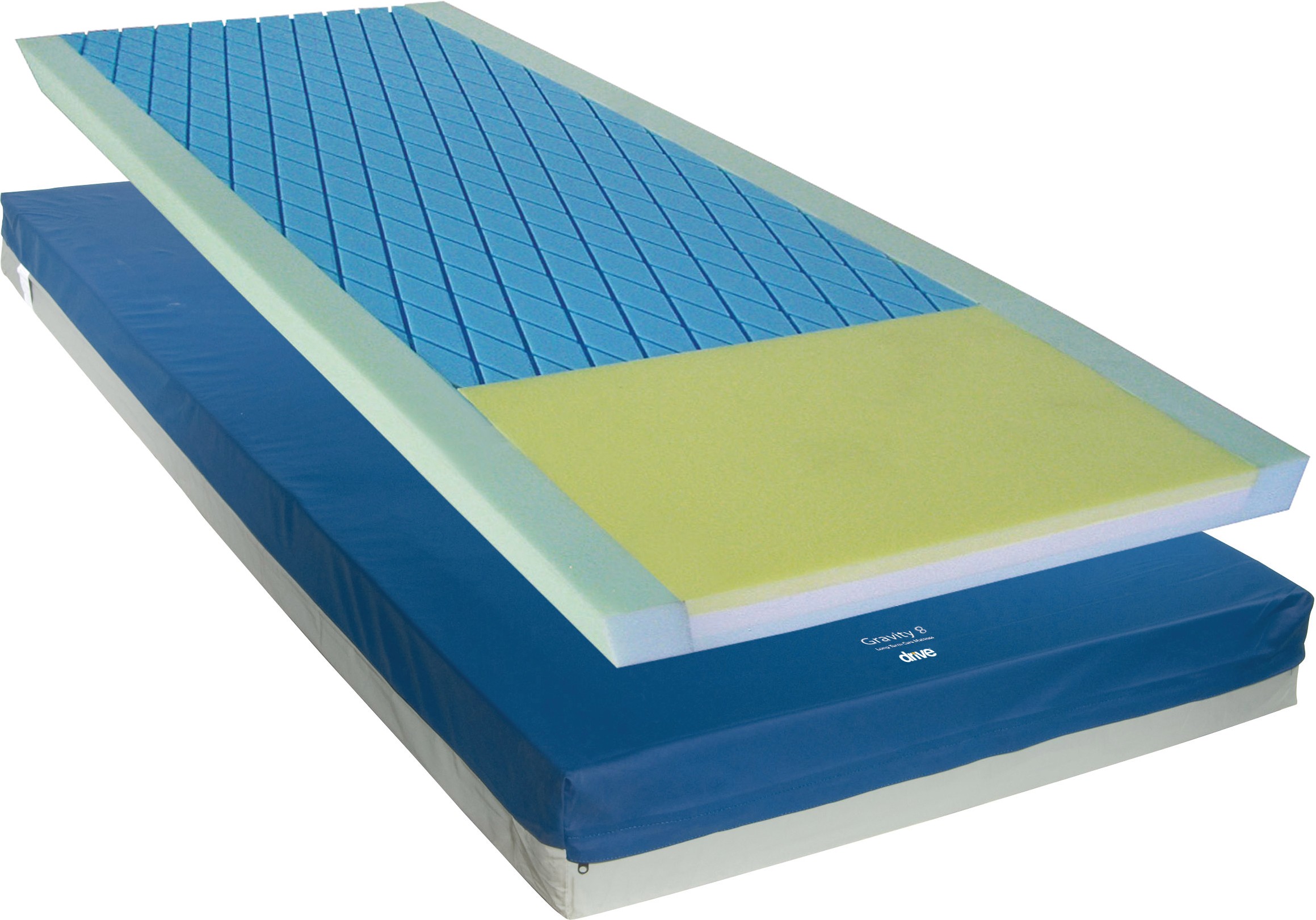



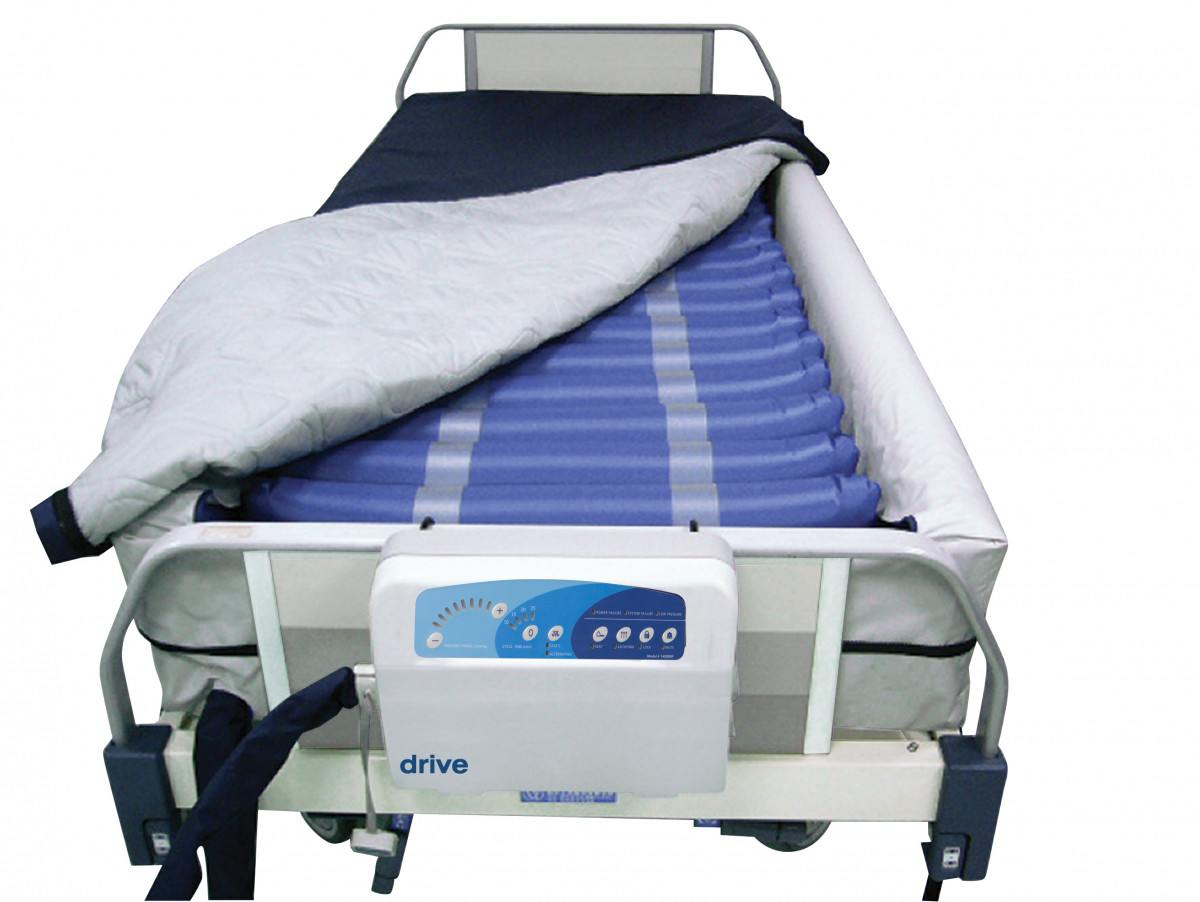




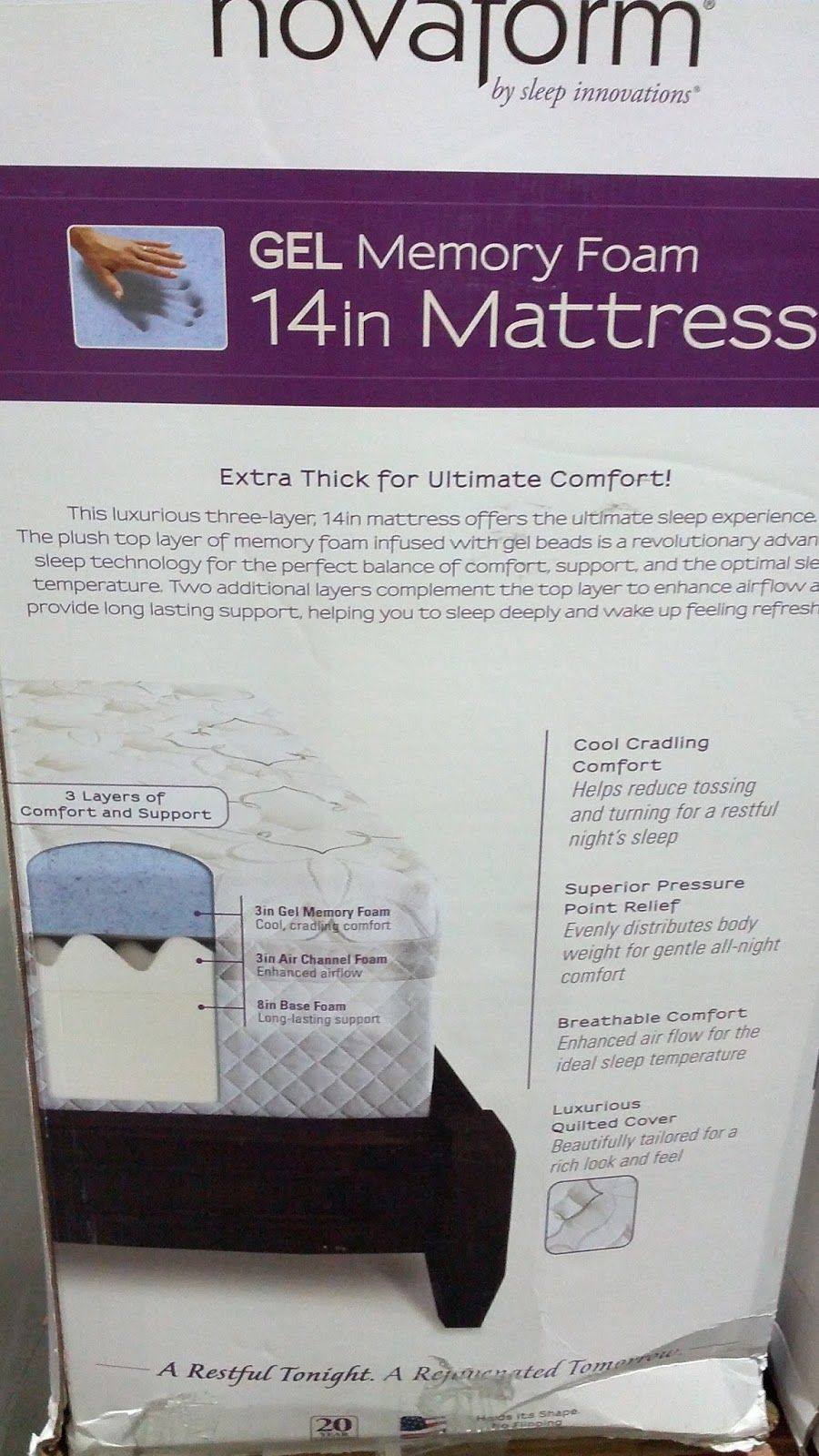




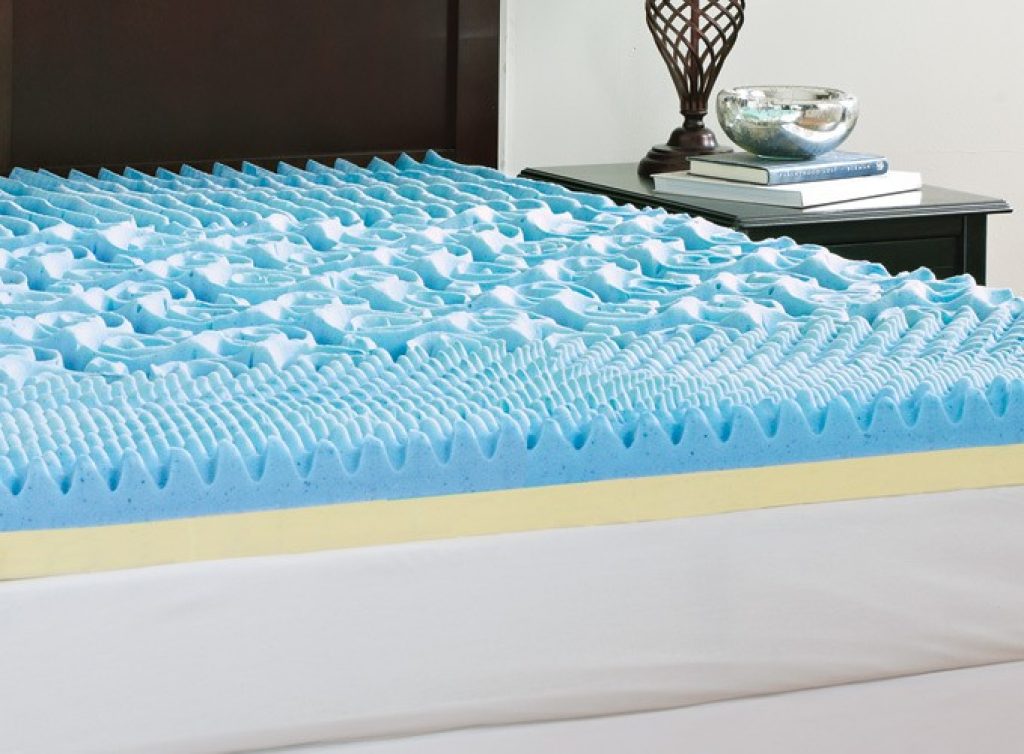


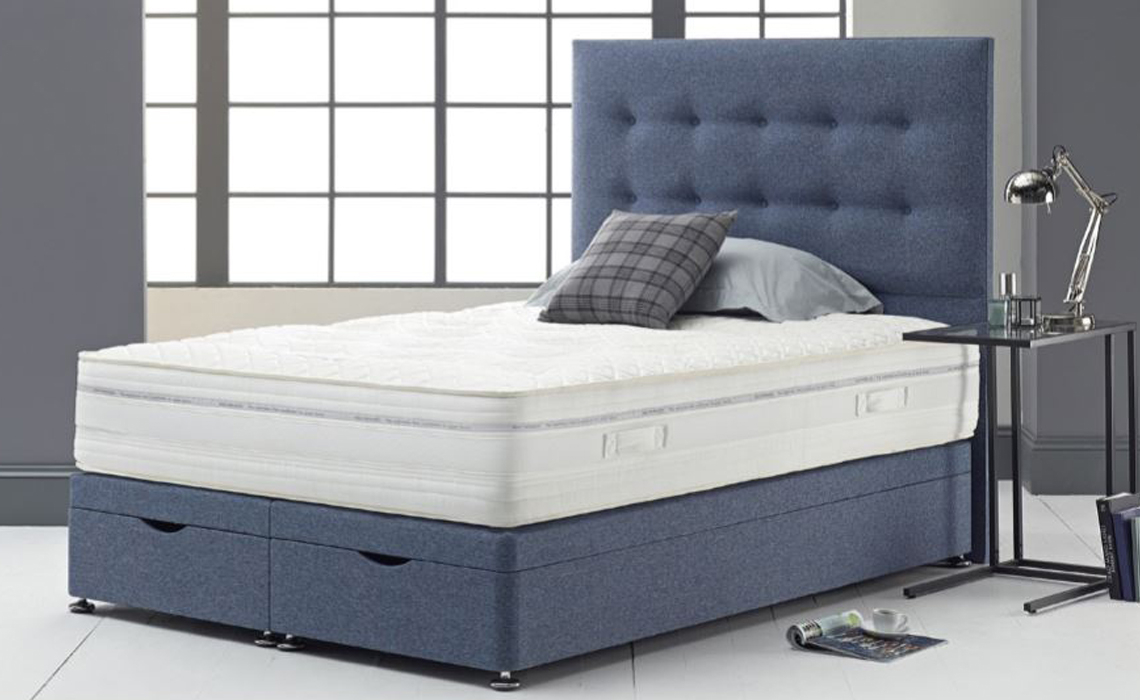



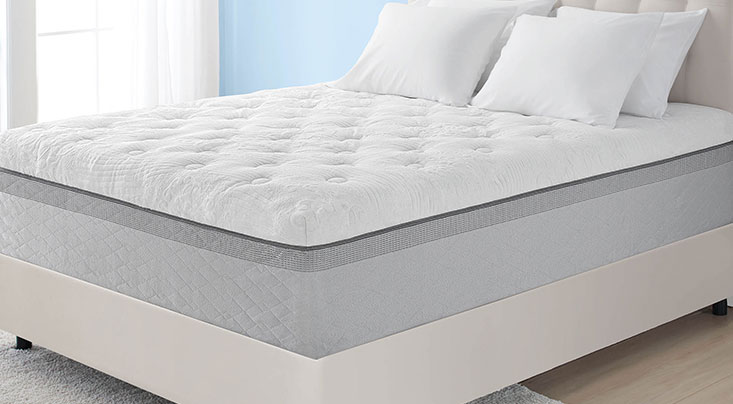





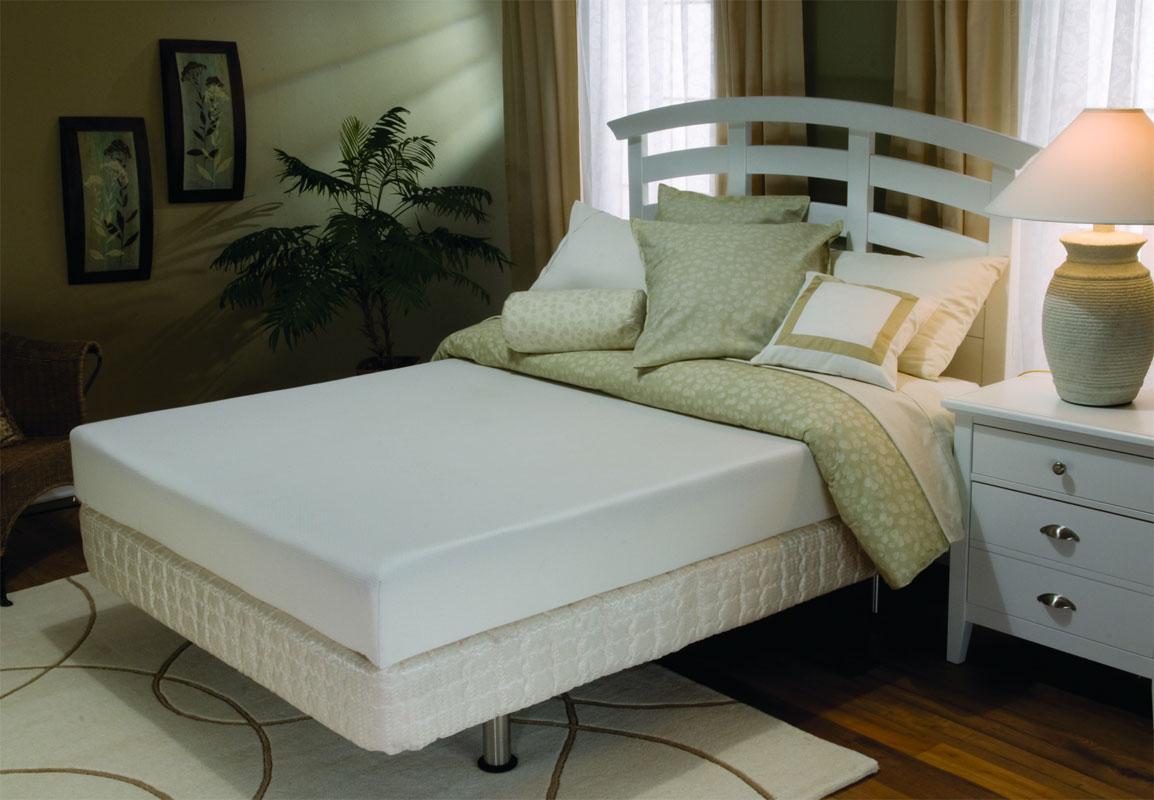












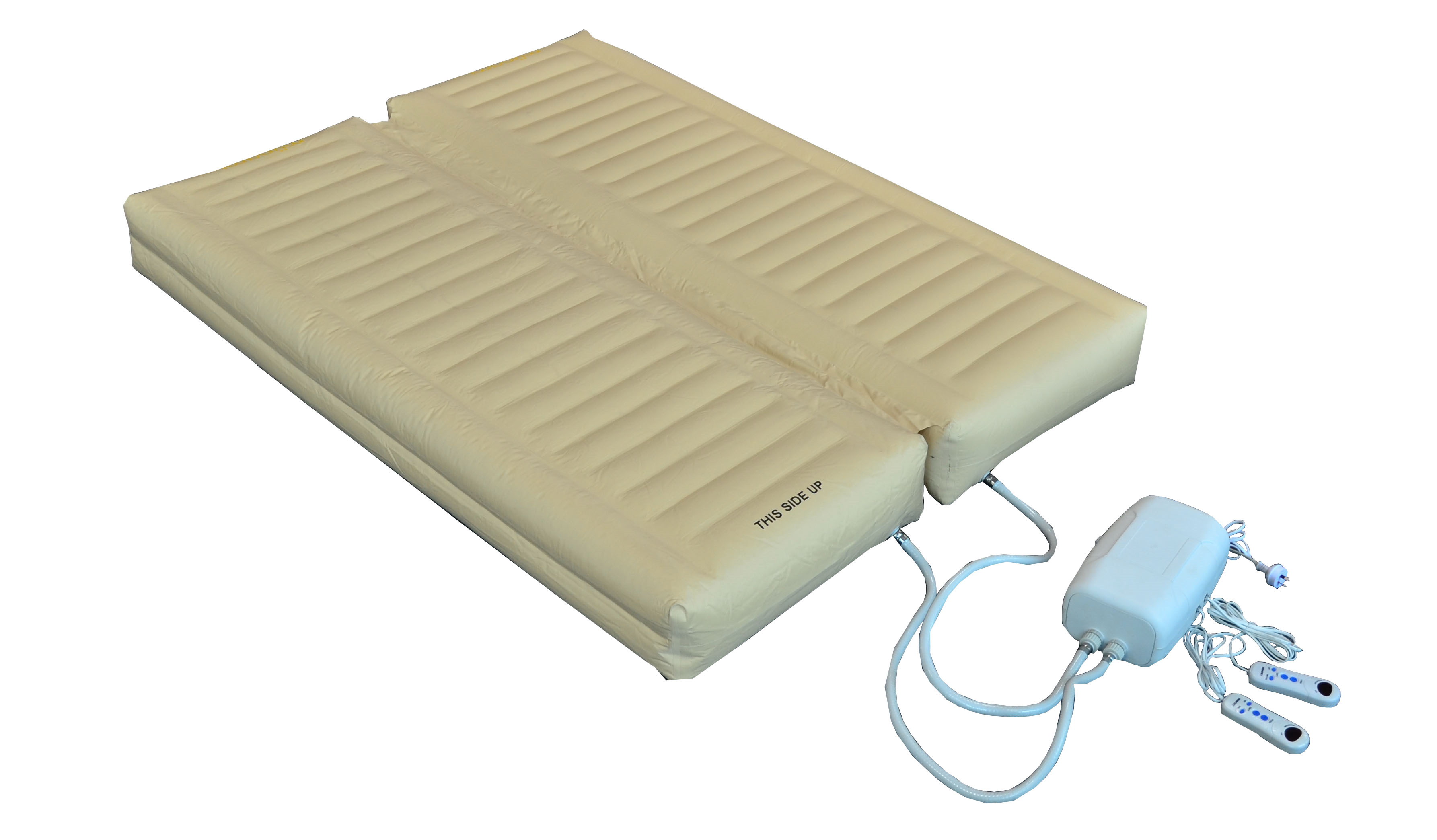










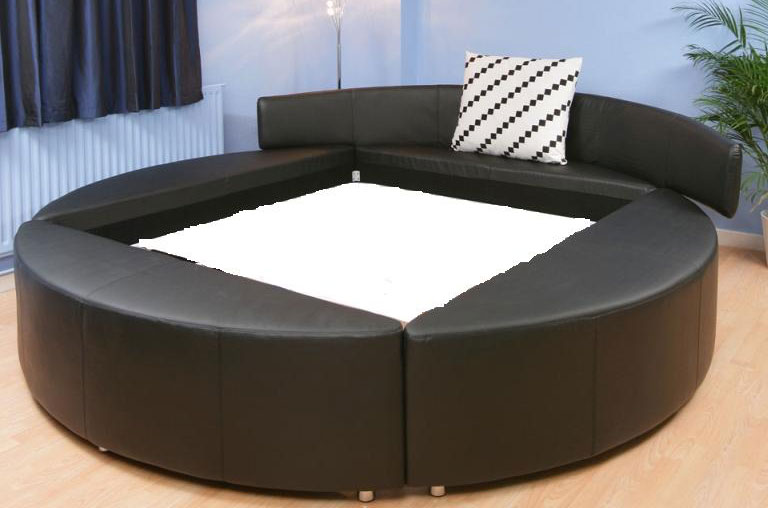


















/build-something-diy-vanity-594402125f9b58d58ae21158.jpg)


